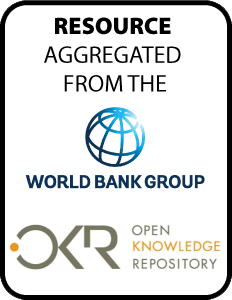Comparative Analysis of Malaysia's Industrial Prospects
and Policy Options
Resource information
The Southeast Asian Tigers feel
threatened. Even though their growth rates have remained
above the average for the world and also above the average
for developing countries, their economic performance falls
short of that in the first half of the 1990s. The underlying
worry is that it presages the beginning of a downward trend,
the harbingers of which are lower rates of investment,
persistently low rates of total factor productivity, and low
levels of innovativeness. The Southeast Asian Tigers'
worries motivate three questions, which this book attempts
to answer. First, are the Tigers rightly threatened by a
creeping economic sclerosis or what some observers are
calling the middle-income trap? Second, if the threat is
real, what are the underlying causes? Third, are there ways
of neutralizing the problems and at least maintaining if not
raising the growth rates of the recent past? This book will
respond to these questions by means of a comparative
analysis of the Tiger economies that is centered on
Malaysia. This analysis draws on a comprehensive set of
techniques and indicators to assess competitive pressures,
to gauge industrial and technological capabilities, and to
indicate some of the directions industrial change in
Southeast Asia could take. Thus, the book seeks not only to
view industrial evolution in the region from a comparative
perspective taking account also of what is happening and has
happened in other parts of East Asia but also to illuminate
this ongoing and uncertain process using some of the latest
empirical techniques devised for this purpose. The balance
of this chapter provides the developmental and international
contexts with reference to which these questions will be
addressed. It explains the book's preferred angles to
tackling them. The chapter also outlines the contents of the
volume and foreshadows the principal findings and conclusions.


